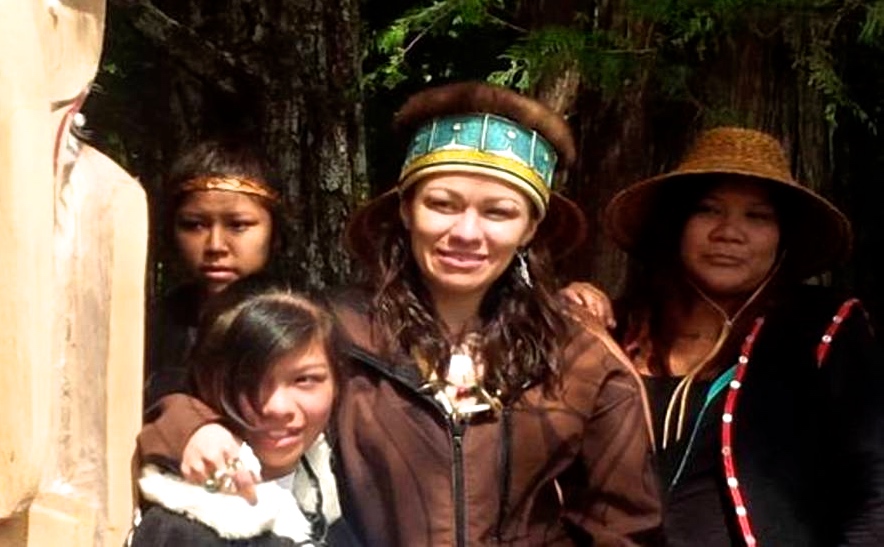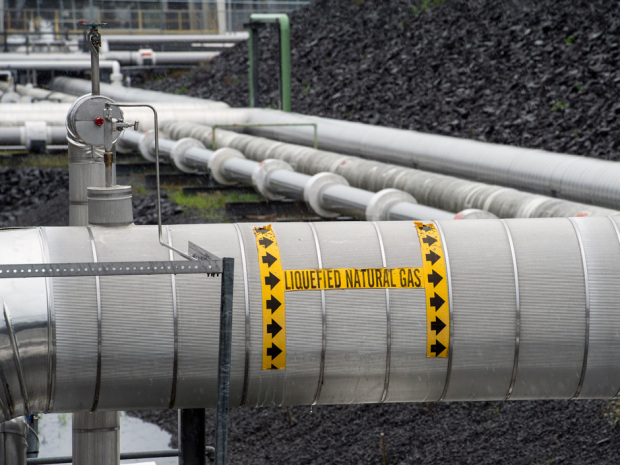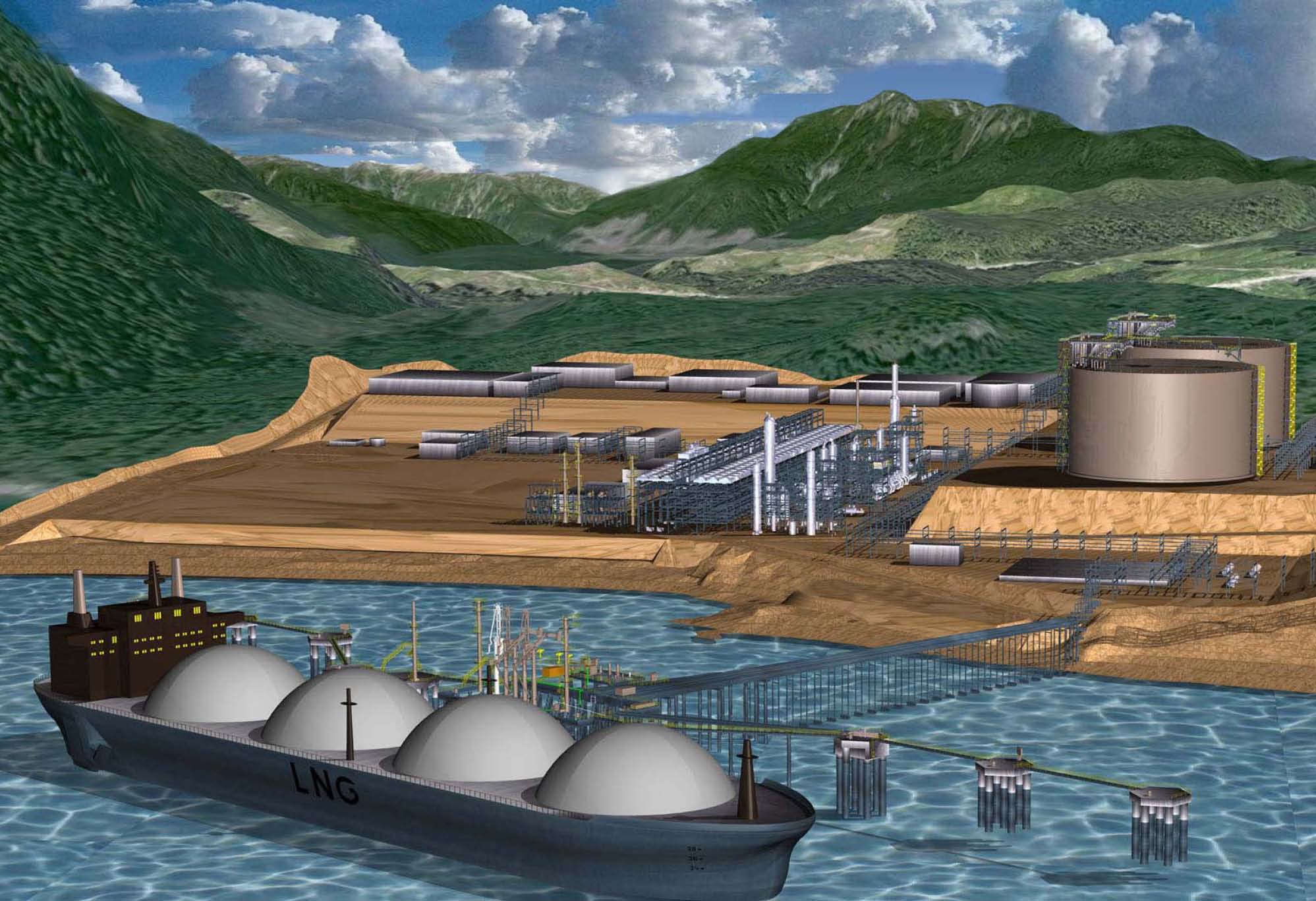
A First Nation along Canada’s Pacific Coast turned down Petroliam Nasional Bhd.’s offer of $267,000 for each member as compensation for building a natural gas export terminal on ancestral lands.
The Lax Kw’alaams band in northern British Columbia spurned the $1.15 billion package after the community unanimously voted against the $30 billion project in three polls. The group is concerned that the project will harm the environment. The rejection is a new obstacle to plans to export liquefied natural gas from North America to Asian markets.
The public should recognize that “this is not a money issue: this is environmental and cultural,” the group said in a statement Wednesday. Opposition to the plan was overwhelming, Garry Reece, mayor of the town of Lax Kw’alaams, said in an interview in Vancouver Tuesday, before the band leadership made a final decision.
"This is Not a Money issue: This is Environmental and Cultural"
Winning the support of indigenous groups including the 3,600-member Lax Kw’alaams is critical for advancing the Pacific NorthWest LNG project and other gas export plans in Canada. A landmark Supreme Court ruling in Canada last year paved the way for aboriginal communities that don’t have treaties with the federal government, such as Lax Kw’alaams, to have greater say over resource developments on their ancestral lands.
The compensation was put up by backers of the project led by Petronas, as the Malaysian state-oil company is known, and the British Columbia government, according to a summary on the band’s website. The payment will be made over 40 years. Lax Kw’alaams is both a First Nation band and a British Columbia town of the same name.
Potential Destruction
The Lax Kw’alaams group has raised concerns including the potential destruction of salmon habitat, the lack of access to harvest traditional plants near the terminal and the risk that its seafood resources would be contaminated. The rejection comes even as the energy industry and the provincial government are forging successful agreements with other indigenous groups for pipelines to carry the gas to port.
Fish and habitat near the LNG terminal will not be significantly affected, according to scientific studies submitted to regulators and aboriginal groups, Petronas said in an e-mailed statement from Kuala Lumpur.
“Despite the decision by council, we will continue constructive dialogue and keep all avenues open as we move forward with our project,” the company said.
The Petronas-led project is among 19 proposals to export gas from Canada’s Pacific Coast to Asia by companies including Royal Dutch Shell Plc and Chevron Corp. Canadian gas producers are depending on the exports to open new markets for their supply as the U.S. meets more of its own demand. The British Columbia government is seeking to eliminate its debt with revenues from the fledgling industry.
Project Backing
China Petrochemical Corp., Japan Petroleum Exploration Co., Indian Oil Corp. and Brunei National Petroleum Co. are also financiers of the Petronas-led project, which would initially export as much as 12 million metric tons a year. TransCanada Corp. has an agreement to build an associated pipeline to deliver supplies from gas fields to the coast.
The terminal on an island site administered by the Port of Prince Rupert would include refrigeration units to chill the gas to -260 degrees Fahrenheit, turning into a liquid and reducing its volume so it can be transported by ship.
Backers of planned gas shipping terminals from Canada to Australia that cost billions of dollars are struggling to make the economics work after oil’s price plunge to a six-year low in March also brought down prices for LNG. The world’s largest energy companies are shelving some projects to cut spending.
In December, Petronas deferred a final decision on the project as it sought to reduce costs. A decision is now expected by mid-year, though the project is still awaiting the results of an environmental review by regulators that could take several more months.
The compensation offer from Petronas, its partners and the government included payments tied to items including construction, scholarships and training programs, as well as land and employment benefits.
3 WAYS TO SHOW YOUR SUPPORT
- Log in to post comments


















